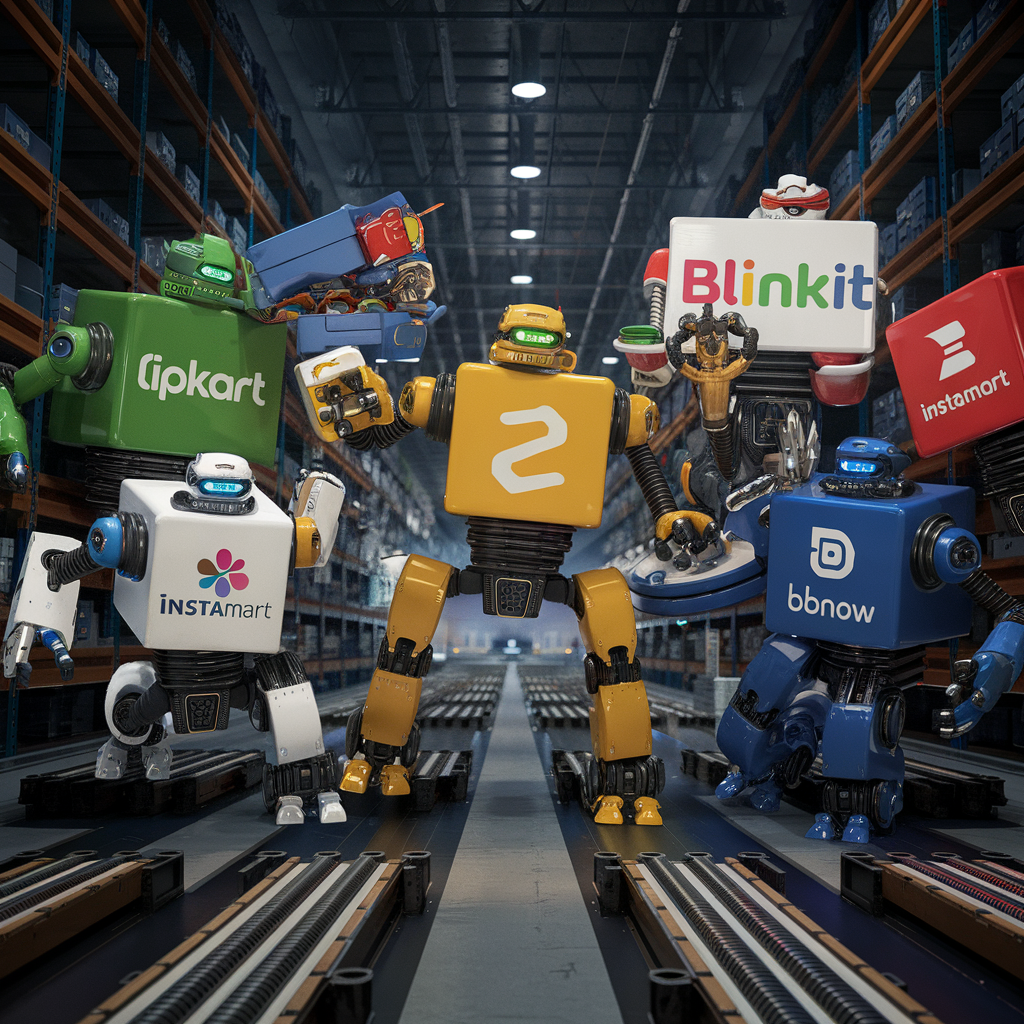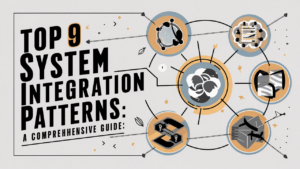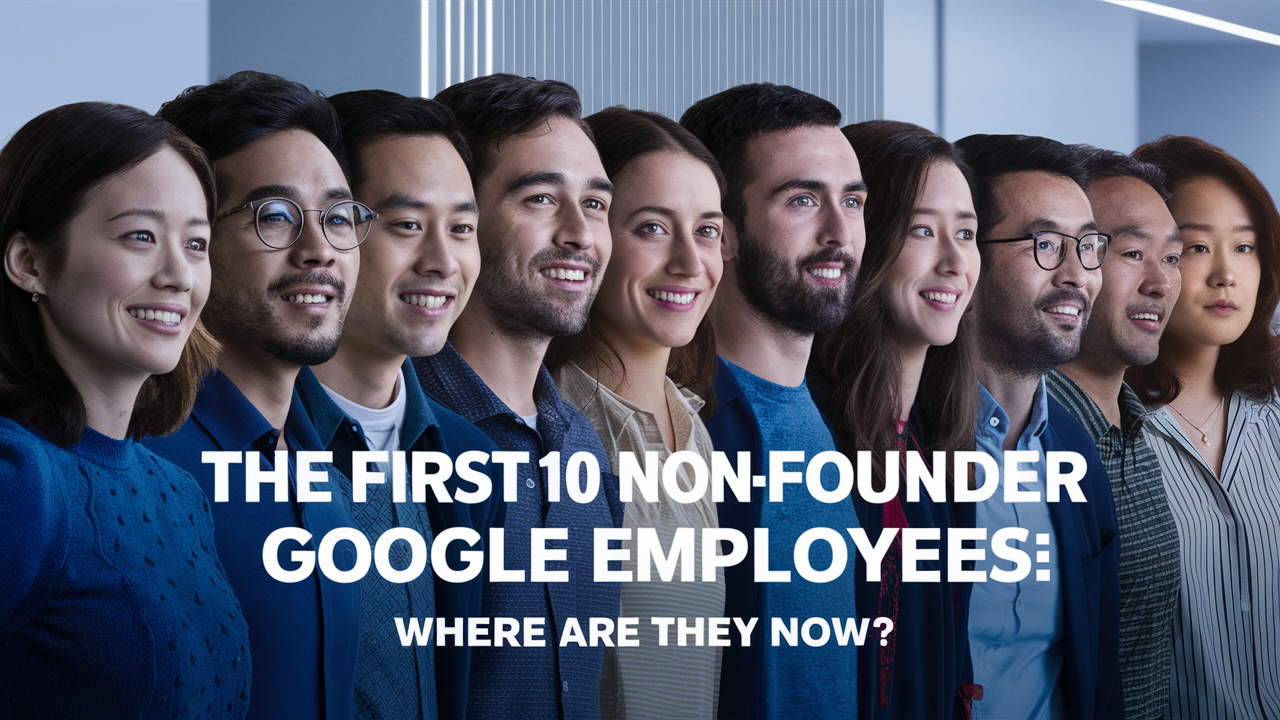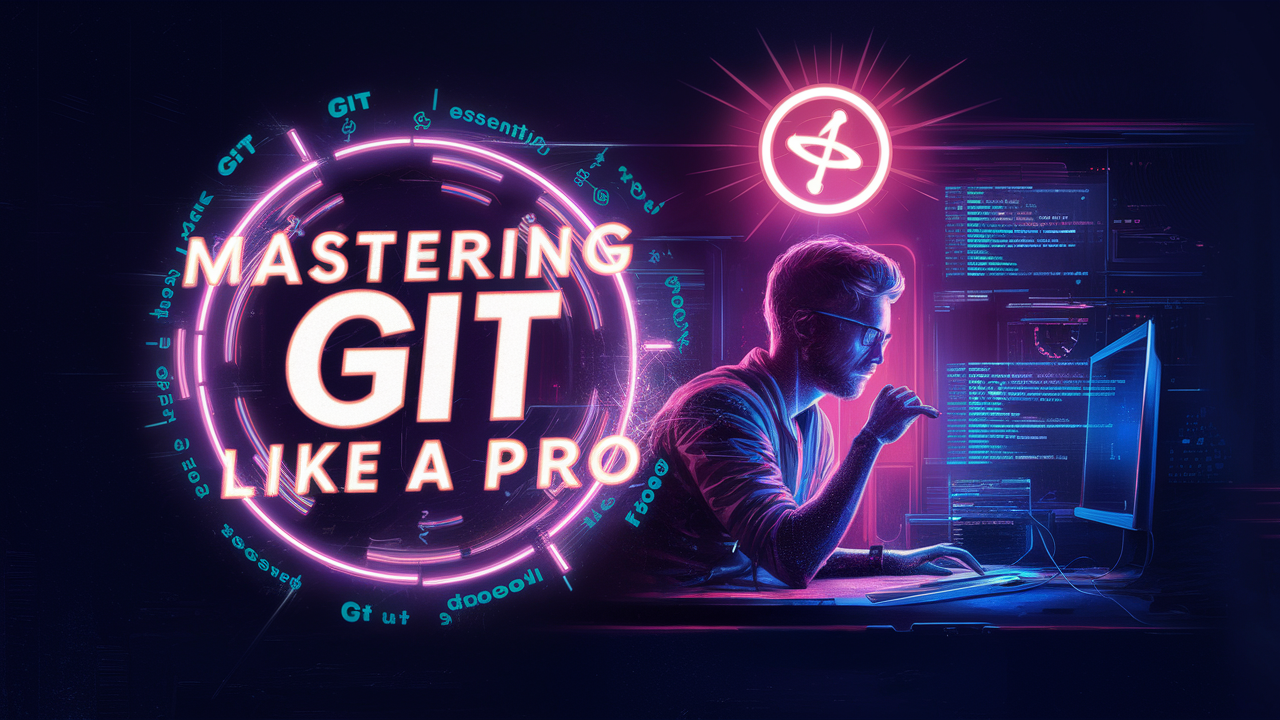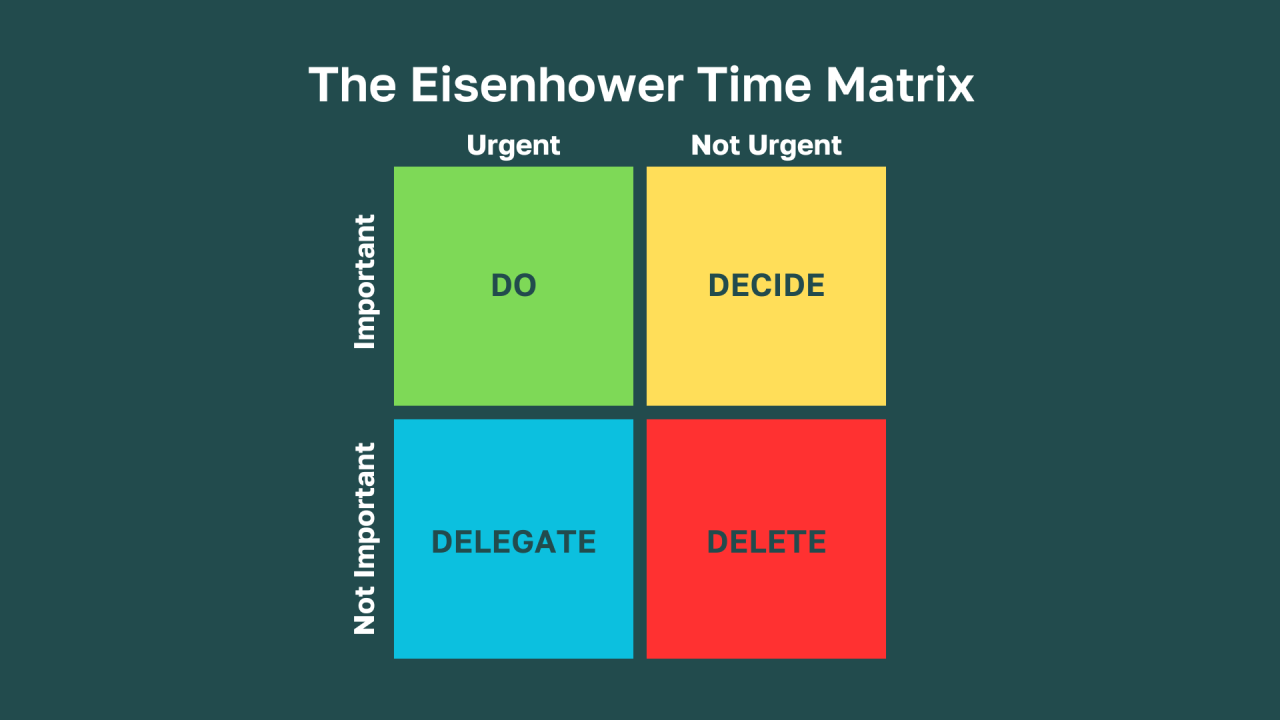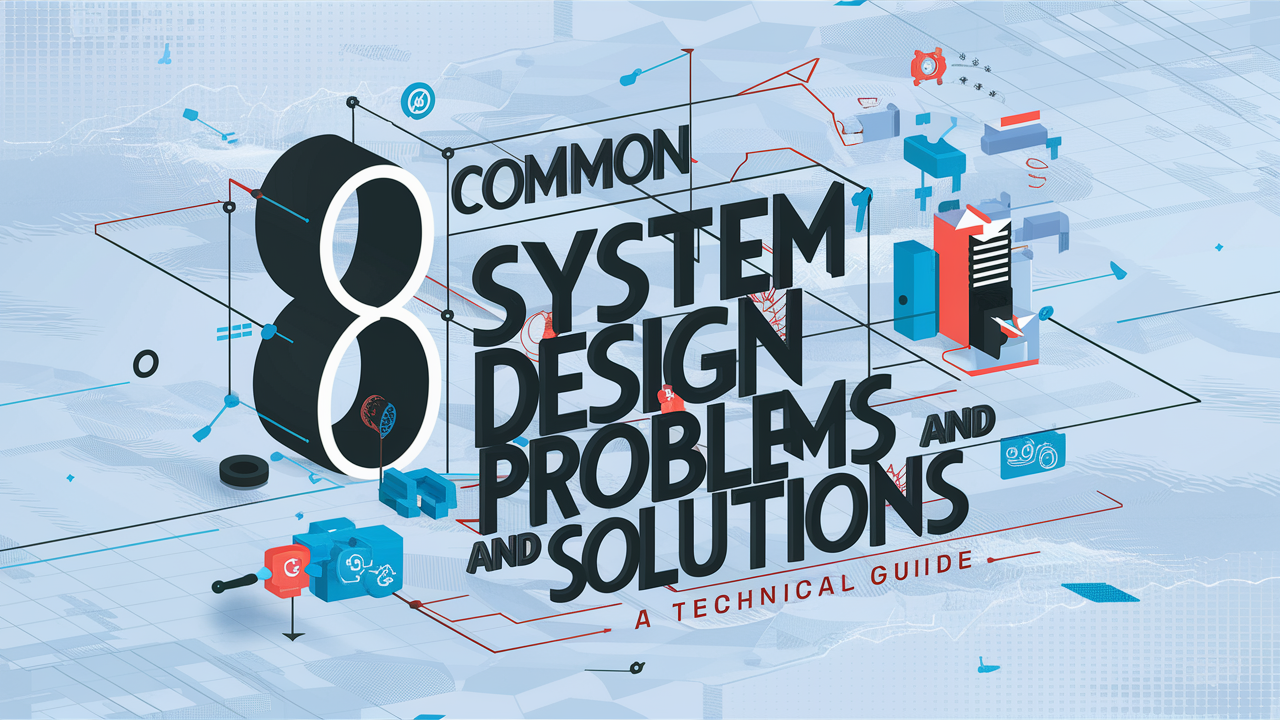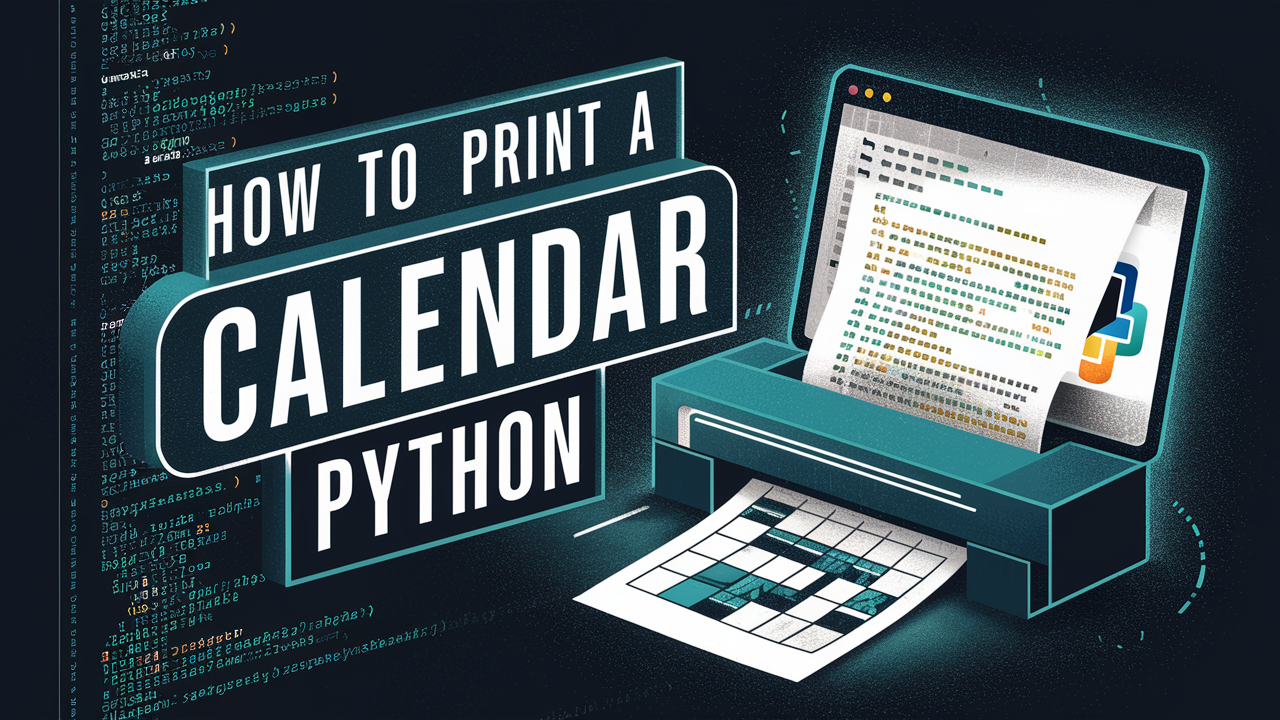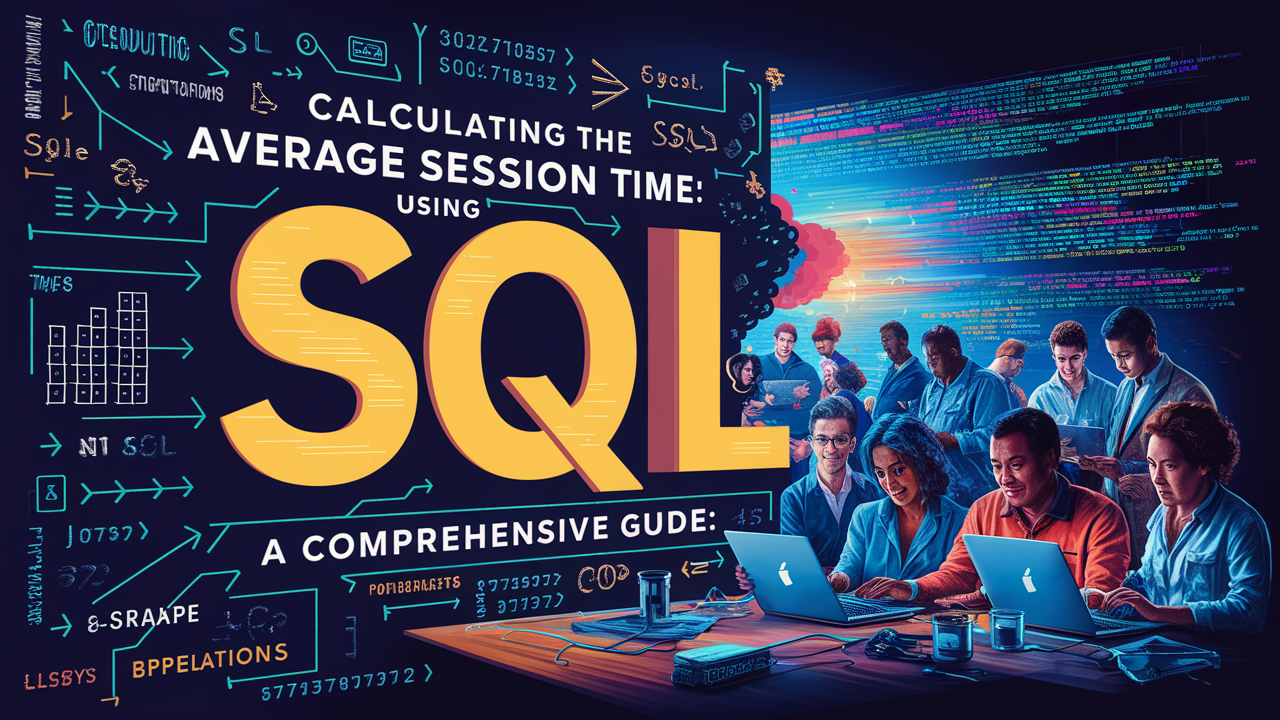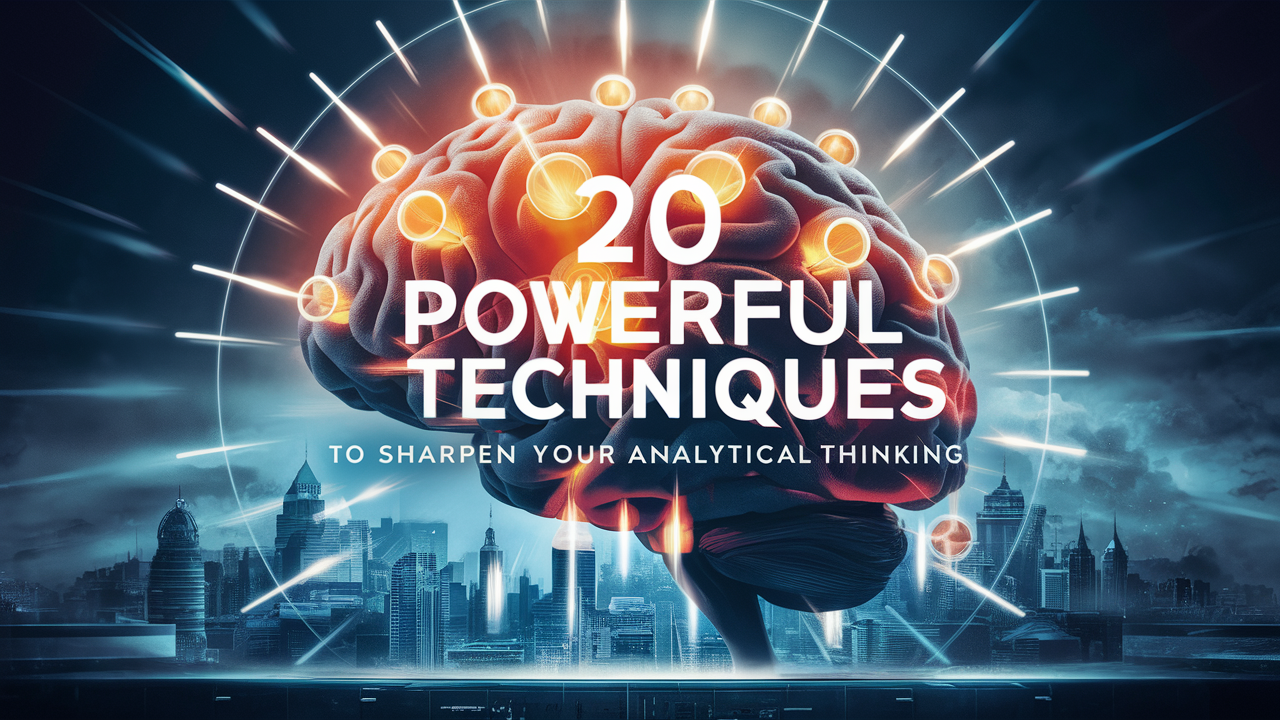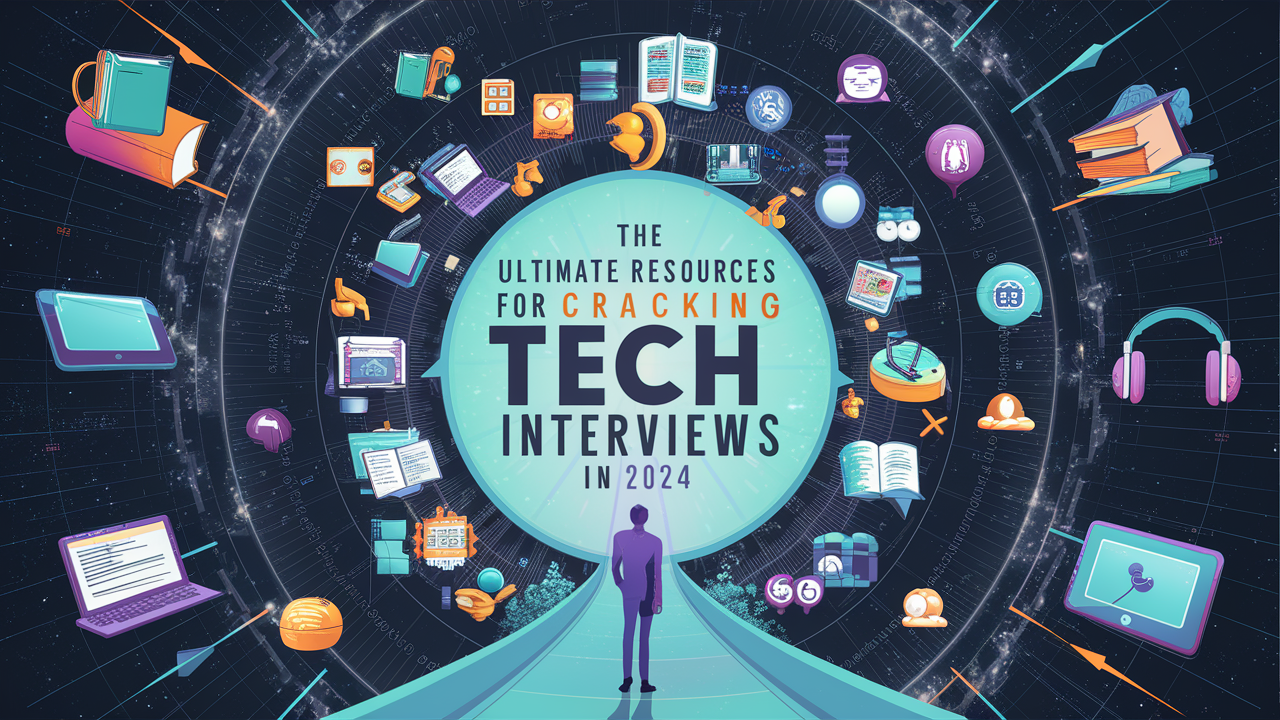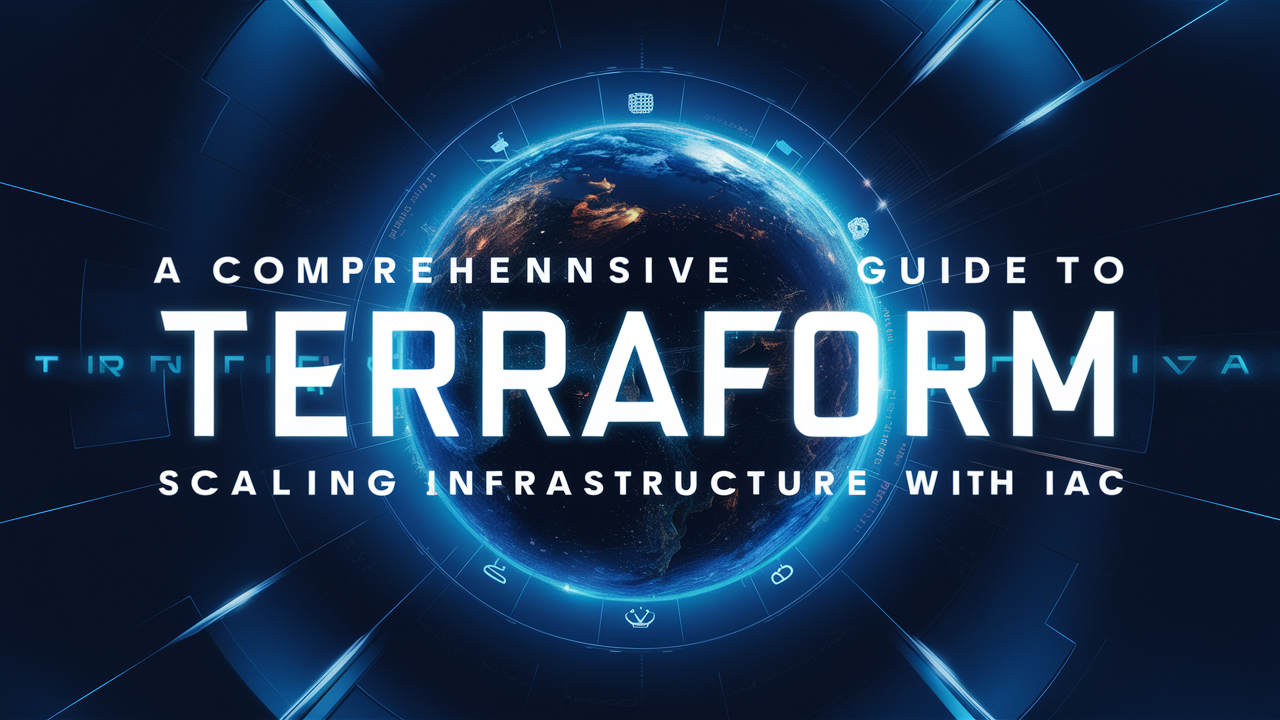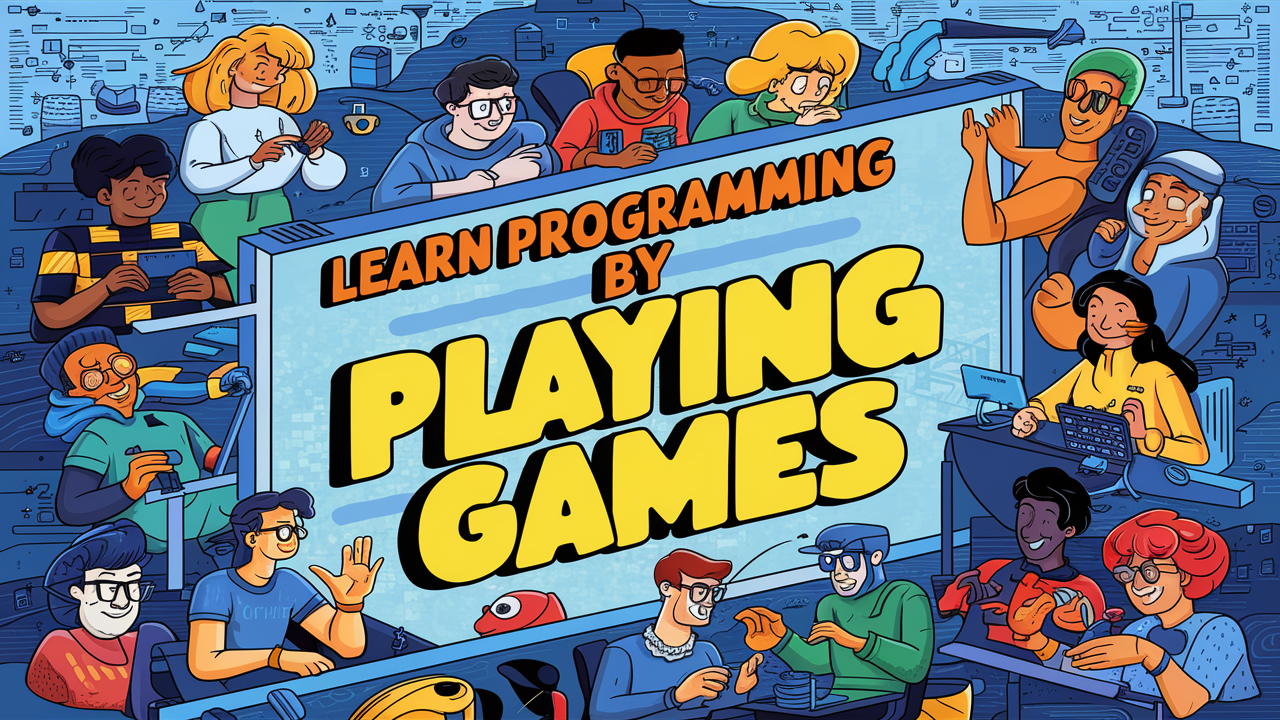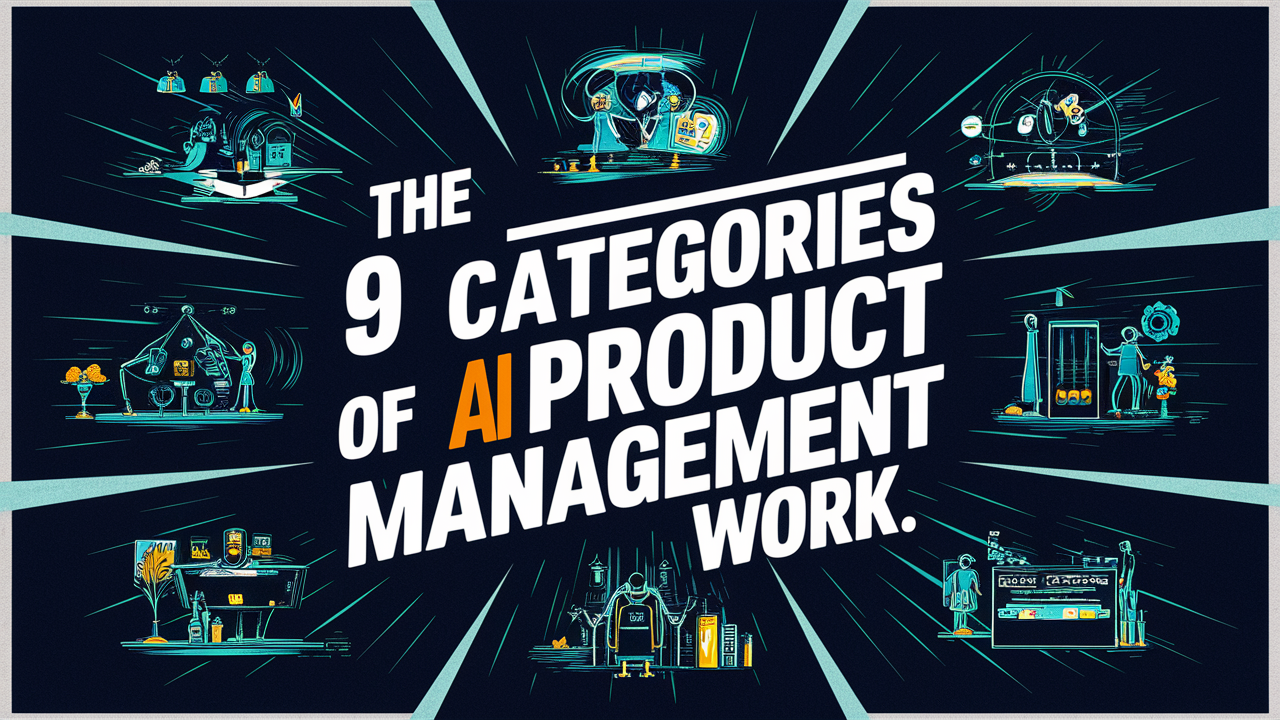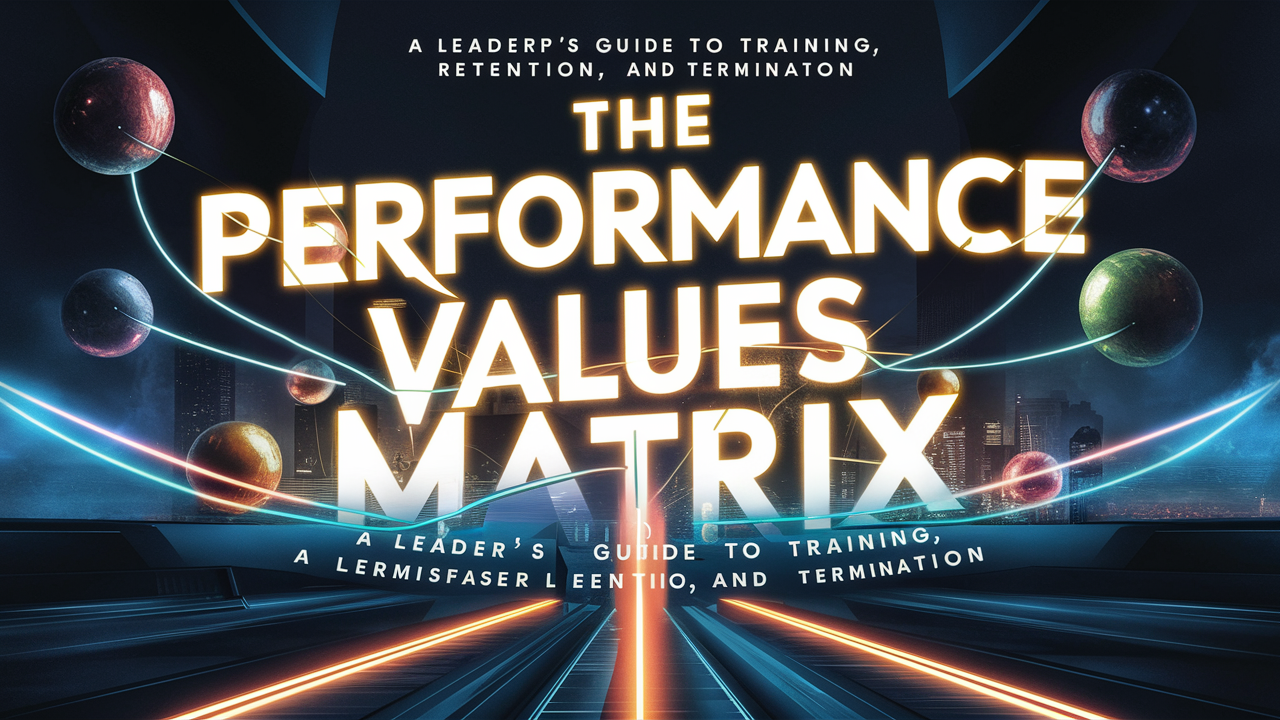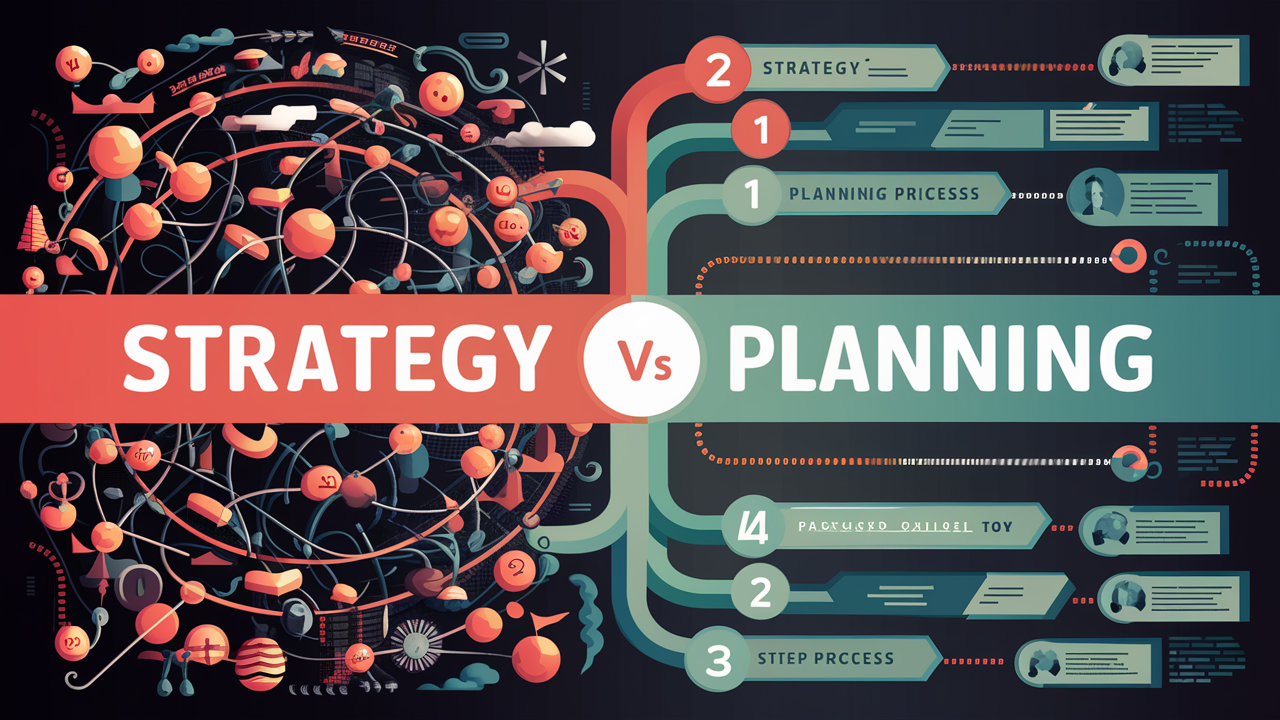The Rapid Growth of Quick Commerce
In today’s fast-paced world, quick commerce Giants has revolutionized the way we shop for groceries and daily essentials. With the promise of delivery in under 15 minutes, companies like Blinkit, Zepto, Swiggy Instamart, and others have captured the attention of consumers who value convenience and speed. Whether you need ingredients for a recipe, snacks for a party, or household items, these platforms ensure that they’re at your doorstep almost instantly.
But with so many players competing in this space, how do you decide which one to choose? In this blog, we’ll compare the leading quick commerce services in India, highlighting their delivery times, daily order volumes, dark stores, and more. By the end, you’ll have a clear understanding of who’s winning the race in quick commerce and why these companies are expanding so rapidly. Let’s dive in!
Understanding Quick Commerce and Its Appeal
Quick commerce is the latest evolution of e-commerce that focuses on ultra-fast delivery times, usually within 10-20 minutes. It differs from traditional online grocery services, which typically offer same-day or next-day deliveries. Quick commerce services rely on dark stores, strategically located micro-warehouses that store high-demand products close to customers.
These services appeal to urban consumers who value the convenience of ordering and receiving items in real time. Whether you’ve run out of milk, need fresh vegetables, or just realized you need an extra ingredient for dinner, quick commerce steps in to bridge the gap with lightning-fast delivery.
A Detailed Comparison of Leading Quick Commerce Platforms
Let’s break down the leading players in India’s quick commerce space—Blinkit, Zepto, Swiggy Instamart, Flipkart, and BigBasket’s BBNow—to understand who’s leading the race.
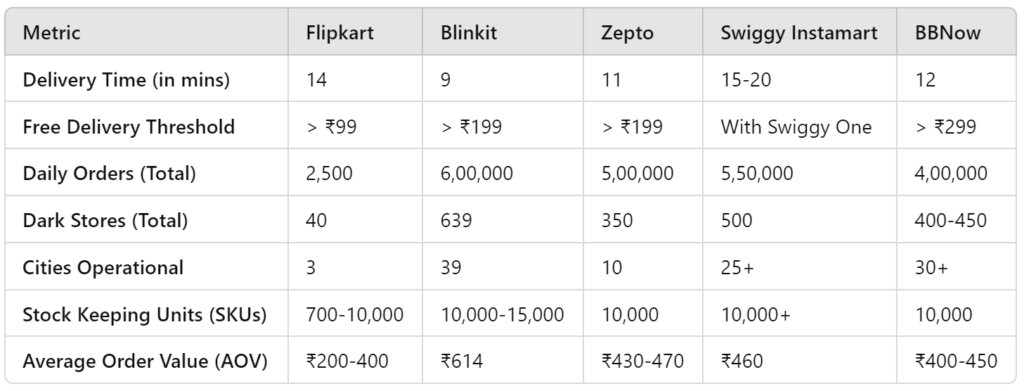
1. Delivery Times: The True Test of Speed
In the world of quick commerce, delivery speed is everything. Blinkit leads the pack with an average delivery time of 9 minutes, followed closely by Zepto at 11 minutes. Flipkart also makes a strong showing at 14 minutes, while Swiggy Instamart takes a bit longer with a range of 15-20 minutes. BBNow delivers in 12 minutes, which keeps them competitive in the fast-delivery race
2. Free Delivery Thresholds
Who doesn’t love free delivery? Each platform sets a minimum order value for free delivery, and this varies significantly between competitors. Blinkit and Zepto require you to spend more than ₹199 for free delivery, while Flipkart is much more accessible with a ₹99 threshold. On the other hand, BBNow sets its free delivery minimum at ₹299, making it the highest among the competitors.
Swiggy Instamart offers free delivery to those subscribed to Swiggy One, a membership plan that bundles discounts and free deliveries across Swiggy’s platforms.
3. Daily Orders and Customer Base Growth
Quick commerce thrives on its high volume of orders. Blinkit handles an impressive 6,00,000 daily orders, which puts it at the top in terms of demand. Zepto follows closely with 5,00,000 daily orders, while Swiggy Instamart processes around 5,50,000 orders per day. BBNow, though a newer player, still manages an impressive 4,00,000 orders each day. Flipkart, with only 2,500 daily orders, is currently focusing on expanding this service to more cities.
4. Dark Stores: The Backbone of Quick Commerce
Dark stores are the key to fast deliveries. These are essentially mini-warehouses spread across cities, stocked with essential products to enable rapid dispatch. Blinkit operates 639 dark stores, giving it the most extensive infrastructure. Zepto operates 350 dark stores, while BBNow and Instamart have 400-500 dark stores, respectively.
Flipkart, being a newer entrant to the quick commerce scene, has only 40 dark stores and is yet to scale its dark store network significantly.
Stock Keeping Units (SKUs): The Breadth of Product Range
When it comes to SKUs, Blinkit offers the most extensive product range with 10,000-15,000 items available for delivery. Zepto and BBNow provide around 10,000 SKUs, while Instamart and Flipkart also offer competitive selections, ensuring that customers can order a wide range of essentials.
Whether you’re looking for fresh produce, snacks, or household essentials, these platforms are designed to cover a broad spectrum of needs.
Average Order Value (AOV): Spending Trends Across Platforms
The Average Order Value (AOV) gives insight into how much customers typically spend on these platforms. Blinkit leads the way with an AOV of ₹614, indicating that customers often place larger orders. Zepto’s AOV ranges between ₹430-470, which is slightly higher than BBNow (₹400-450) and Instamart (₹460).
Flipkart Quick caters to smaller, more frequent orders, with an AOV ranging between ₹200-400. This shows Flipkart’s approach to serving more price-sensitive customers or those with immediate, small needs.
Who’s Leading in the Quick Commerce Race?
Based on the data, Blinkit emerges as the leader in the quick commerce space, with shortest delivery times, highest daily order volume, and an extensive network of dark stores. It has positioned itself as the go-to platform for ultra-fast grocery deliveries, capturing a significant portion of the market.
Key Strengths of Each Platform:
- Blinkit: Best for fast deliveries and a large product selection (9-minute delivery time, 639 dark stores, ₹614 AOV).
- Zepto: Strong competitor with fast deliveries and a large customer base (11-minute delivery time, 350 dark stores, ₹430-470 AOV).
- Swiggy Instamart: A great choice for Swiggy One members, with a broad city presence and solid performance (15-20 minute delivery time, 500 dark stores, ₹460 AOV).
- BBNow: Offering strong competition with 12-minute delivery times and availability in 30+ cities.
- Flipkart Quick: Best for budget-conscious customers with smaller orders, though limited by its smaller scale (14-minute delivery time, ₹99 free delivery threshold).
Why Dark Stores are the Future of Quick Commerce
At the heart of quick commerce is the dark store model—small warehouses that store high-demand goods near densely populated areas. These dark stores allow for the rapid collection and dispatch of products, ensuring that deliveries can be made in under 15 minutes.
Unlike traditional retail stores, dark stores are not open to the public, which means they can be optimized for speed and efficiency. Workers can quickly pick and pack orders without the need to navigate through customer traffic, which improves delivery speed.
With companies like Blinkit, Zepto, and Swiggy Instamart aggressively expanding their dark store networks, it’s clear that this model is critical to quick commerce dominance.
Challenges and the Road Ahead for Quick Commerce
While quick commerce is booming, it does come with its challenges:
- Operational Costs: Maintaining dark stores, delivery staff, and managing the logistics of 10-minute deliveries is expensive. Companies are investing heavily in infrastructure but need to maintain sustainable growth.
- Profitability: While the order volumes are high, companies are focusing on scaling before achieving profitability. It remains to be seen how quickly they can transition from customer acquisition to profit generation.
- Customer Loyalty: As more players enter the market, retaining customers will be a key challenge. Offering a wide range of products, competitive pricing, and loyalty programs like Swiggy One will be crucial in maintaining a loyal customer base.
Conclusion: The Future of Quick Commerce is Bright
The world of quick commerce is rapidly evolving, and competition between Blinkit, Zepto, Instamart, and others is fierce. With each platform innovating and expanding, customers benefit from ultra-fast deliveries, a wide range of products, and increasing convenience.
Whether you’re someone who values speed, prefers a specific product range, or is looking for the best free delivery options, there’s a quick commerce platform tailored for your needs. As this space continues to grow, we can expect even faster deliveries, more personalized shopping experiences, and a wider reach into smaller cities and towns.
So, next time you find yourself in need of a quick grocery run, you’ll know exactly which platform fits your needs. Welcome to the future of shopping—it’s fast, efficient, and just a tap away.

